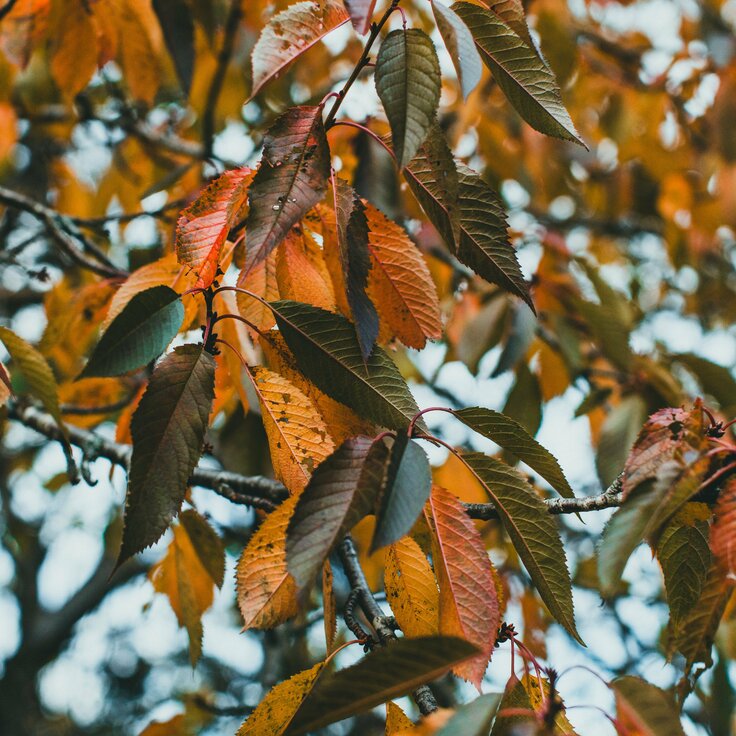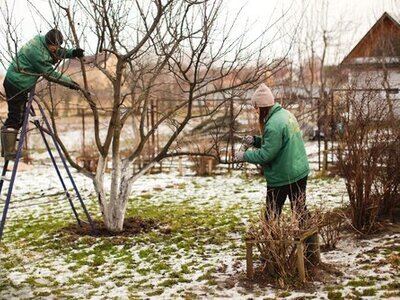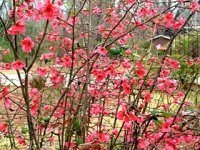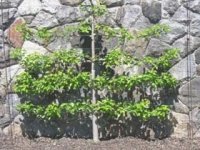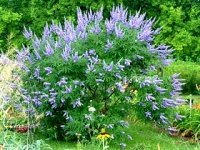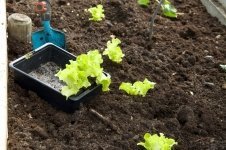Container Gardening Basics
Why grow in containers? For one thing, you can control the environment precisely by the type of soil you use, the light exposure, and the amount of water you provide. This means you can grow almost anything your little heart desires in containers.
It is possible, for example, to grow exotic ferns on one side of your patio and a rare cactus on the other. Collections of plants that require the same growing conditions are perfect candidates for container gardening.
Tips for Success
There are a few tips for planting container gardens that will (almost always) guarantee success. The most important is to always use fresh potting soil. Plants receive their nutrients from the soil, and once the soil has been "lived in," it loses some of the minerals and organic matter necessary for optimum plant growth and development. It's worth the few bucks you will spend on a bag of soil to insure the success of your efforts.
Another important tip is to always leave room for water. If you fill the soil up to the rim of the pot, water will simply run off the surface, and the plants will die of thirst. When planting, leave a few inches of space between the rim of the pot and the surface of the soil. This might even mean that you will need to adjust the soil level once you think you are finished planting.
Mix a handful of slow-release, balanced fertilizer into the potting at planting time. If you are good about fertilizing on a regular basis, omit this step.
The way you plant your container will depend on where your pot will be viewed from. If the container is against a wall, taller plants such as digitalis, rudbeckia, and asparagus fern should be planted toward the back, with mid-sized plants like verbena, phlox, and geraniums in the middle, and trailing plants -- lobelia, campanulas, alyssum, sweet peas, and nasturtiums, for example -- spilling over the sides. However, if your container is a "walk around," plant the tallest plants toward the center of the pot.
Don't forget to use a few ornamental grasses and succulents in your container creations. These plants add texture and contrast. Angle the outermost plants along the rim of the pot to achieve a rounded effect. It won't affect the plants at all, and the final result is very pleasing.
Another trick is to group several containers together. Select pots that are similar in shape, and grow low, trailing plants in the shortest pot, colorful, upright annuals in the mid-sized pot, and tall perennials in the tallest one. Select a matching color scheme for all of the plants, and your neighbors will be pea green with envy!
Read more from the Natioanl Gardening Association.

